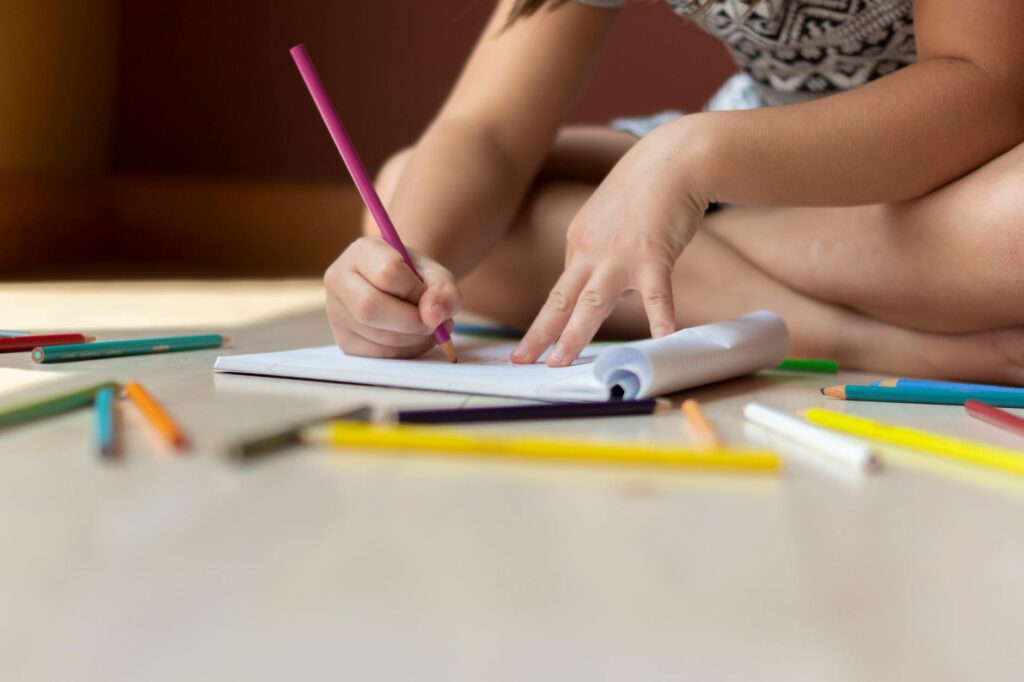What is creative expression therapy?

What is Creative Expression Therapy?
Creative expression therapy is a dynamic and innovative approach that harnesses the power of art, music, dance, and other creative outlets to enhance emotional and psychological well-being. This therapeutic method focuses on enabling individuals to convey their thoughts and feelings through creative means, promoting personal development and healing. With its roots in various art forms, creative expression therapy serves as a bridge to better understanding oneself and improving mental health.
Understanding Creative Expression Therapy
At its core, creative expression therapy is a therapeutic process that uses artistic expression as a central tool for healing and self-discovery. Rather than relying solely on traditional talk therapy, this approach enables individuals to explore their emotions and experiences through various forms of creativity. By tapping into the subconscious, participants can articulate thoughts and feelings that might be difficult to express verbally.
The Psychological Foundations
Creative expression therapy is built on several psychological principles, including those found in art therapy and expressive arts. Art therapy recognizes that creativity can be a form of communication, allowing individuals to express complex emotions that may be challenging to articulate. According to Expressive Arts Therapy, this modality promotes healing by allowing participants to engage in the creative process, which can lead to significant emotional release and insight.
Methods and Techniques
Various techniques are employed in creative expression therapy, each tailored to the individual’s needs and preferences. Common methods include:
- Art: Drawing, painting, and sculpting can serve as powerful tools for expression and exploration.
- Music: Creating or listening to music helps to evoke emotions and foster relaxation.
- Dance: Movement therapy encourages physical expression, allowing feelings to manifest physically.
- Writing: Journaling or storytelling can provide clarity, helping individuals articulate their thoughts and experiences.
These techniques are not just about creating art; they are about the process of creation itself, which can facilitate healing and personal growth.
Benefits of Creative Expression Therapy
Engaging in creative expression therapy offers numerous emotional, psychological, and social benefits for participants.
Enhancing Emotional Well-being
Creative expression therapy has been shown to significantly improve emotional health. By providing an outlet for feelings, individuals can process complex emotions such as grief, anger, or anxiety. According to Medical News Today, art-based activities can help manage stress levels and enhance emotional regulation.
Improving Communication Skills
For people who struggle with verbal communication, creative expression can be a game-changer. Engaging in artistic activities promotes effective communication and self-expression. This is particularly beneficial for individuals with social anxiety or those who find it challenging to articulate their feelings. As highlighted in The Benefits of Art and Creative Expression in Therapy, creative practices can foster a deeper connection between thoughts and emotions.
Applications of Creative Expression Therapy
Creative expression therapy is versatile and can be applied in various settings, from clinical environments to educational institutions.
In Clinical Settings
In clinical environments, therapists utilize creative expression to aid individuals facing mental health challenges. By incorporating art and creativity into therapy sessions, therapists create a safe space for clients to explore their emotions. This approach has been linked to improved mental health outcomes and enhanced coping strategies, as discussed in Role of Art Therapy in the Promotion of Mental Health.
In Educational Environments
Schools are increasingly integrating creative expression therapy to support student development and emotional literacy. By introducing artistic activities in the classroom, educators can help students build confidence, improve social skills, and engage more deeply with their emotions. This proactive approach fosters a supportive learning environment where students can express themselves freely and develop resilience.
Getting Started with Creative Expression Therapy
If you’re curious about exploring creative expression therapy, there are several ways to get started.
Finding a Qualified Therapist
The first step is to find a qualified creative expression therapist who can guide you through the process. Look for professionals who specialize in expressive arts therapy and have the necessary credentials. Websites such as Creative Expression Therapy can provide valuable resources and help you locate therapists in your area.
DIY Creative Expression Techniques
You don’t need to be a professional artist to benefit from creative expression therapy. Here are some simple techniques you can start practicing on your own:
- Journaling: Write about your thoughts and feelings daily. Allow your writing to flow without worrying about grammar or structure.
- Drawing: Grab some colored pencils or markers and draw whatever comes to mind. Don’t focus on the end result; enjoy the process.
- Music Exploration: Listen to different genres of music and notice how they make you feel. You can even create a playlist that reflects your emotions.
By incorporating these activities into your routine, you can begin to explore the benefits of creative expression therapy independently.
Conclusion and Final Thoughts
Creative expression therapy offers a unique and powerful avenue for personal growth and healing. By utilizing the arts as a form of self-expression, individuals can enhance emotional well-being, improve communication skills, and find new ways to process their experiences. Whether in clinical settings or educational environments, this therapeutic approach holds significant promise for enhancing mental health.
I encourage you to explore creative expression therapy as a viable option for personal development. Whether through working with a qualified therapist or engaging in simple creative exercises, you might discover new pathways to understanding and expressing your emotions, leading to profound personal growth.

Photo by Sarah Dietz